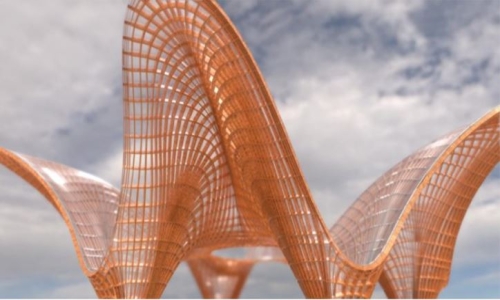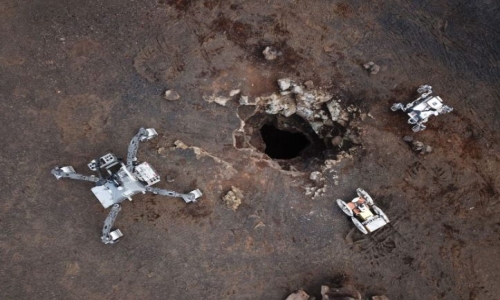


 12:26:56
12:26:56  2024-07-01
2024-07-01  1187
1187
Today we can look at a globe and know that the earth is somewhat like a ball, a sphere. The Qur'an makes certain statements that led Muslim scientists to understand long before their European counterparts that the earth is spherical. When Europe was in the dark ages thinking that the earth was flat, Muslim students were using globes for studying the earth in Islamic universities. Since it was not the purpose of the Qur'an to teach science, the Qur'an did not need to state explicitly that the earth is spherical in shape (or more precisely, a geoid). But some of what the Qur'an says stimulates you to think of the world as a globe. Take, for example, the following verse: "Have you not seen how Allah merges the night into the day and merges the day into the night?" (Qur'an 31:29).
Another verse tells us that Allah coils the day and night around: "He coils the night upon the day and He coils the day upon the night" (Qur'an 39:5). The word 'coils' in the verse above is a translation of the Arabic verb kawwara which is used in describing the action of coiling a turban around the head. To understand this statement fully, readers of the Qur'an had to think of the earth as a sphere.
To fully appreciate the above two statements in the Qur'an, try this experiment at home: You need a flashlight and a globe. Take these items into a dark room. Using the flashlight to simulate the light of the sun, shine the light upon the globe. Notice that only one half of the globe is lighted up.
The other half is in darkness. Half the world is having day, the other half is having night. Now, recall that the earth is continuously rotating on its axis and will go around completely in twenty four hours. Slowly turn the globe around to simulate this rotation. Notice that as the globe turns, the day is going around the globe to light up the other half of the world. The night is also going around the globe to give rest to the other half of the world. The day and night are perpetually coiling around the earth with some degree of interpenetration. This is exactly how it appears to astronauts during their space flights.
Dr. Bucaille makes the following remark: "This process of perpetual coiling, including the interpenetration of one sector by another, is expressed in the Qur'an just as if the concept of the earth's roundness had already been conceived at the time—which was obviously not the case." (The Bible, the Qur'an and Science, p. 165).
How do we explain the presence of this knowledge in the Qur'an? This obviously did not reflect the level of learning of the time, but was helpful in stimulating Muslim scientists to conceive of the earth in its real shape.
Reality Of Islam |
|

A new NURBS

A research

Researchers
 9:3:43
9:3:43
 2018-11-05
2018-11-05
10 benefits of Marriage in Islam
 7:5:22
7:5:22
 2019-04-08
2019-04-08
benefits of reciting surat yunus, hud &
 9:45:7
9:45:7
 2018-12-24
2018-12-24
advantages & disadvantages of divorce
 11:35:12
11:35:12
 2018-06-10
2018-06-10
 6:0:51
6:0:51
 2018-10-16
2018-10-16
 8:25:12
8:25:12
 2022-03-09
2022-03-09
 4:26:43
4:26:43
 2022-02-21
2022-02-21
 3:43:50
3:43:50
 2022-11-05
2022-11-05
 7:0:55
7:0:55
 2022-05-17
2022-05-17
 7:32:24
7:32:24
 2022-02-14
2022-02-14
 7:59:14
7:59:14
 2018-06-21
2018-06-21
 10:55:53
10:55:53
 2022-06-13
2022-06-13
 5:41:46
5:41:46
 2023-03-18
2023-03-18
| LATEST |